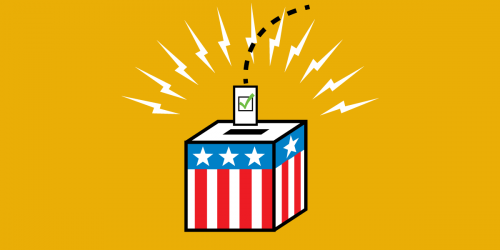So writes James Fallows in a clear-eyed NYT piece on why rational people are concerned about the current state of electronic voting technology.
Snippet (emphasis, mine):
On the available evidence, I don't believe that voting-machine irregularities, or other problems on Election Day, determined who would be the next president. The apparent margins for President Bush were too large, in Ohio and nationwide. But if the race had been any closer, we could not have said for sure that the machines hadn't made the difference. That is because many electronic systems violate the two basic rules of trustworthy computing.
By definition, they have barely been exposed to real-world testing. The kind of thorough workout that Visa's or Google's systems receive every hour happens for voting machines on only a few special days a year. By commercial standards, the systems are necessarily still in "beta version" - theoretically debugged, but not yet vetted by extensive, unpredictable experience - when voters show up to choose a president.
[...]
When I voted this year, I fed my paper ballot through an optical scanner and into a storage box. In a recount, those ballots could have been pulled out and run through the scanner again. If I had used the touch screen, I would have had no tangible evidence that the vote counted or was recountable.
Is that a problem because the chief executive of Diebold, the largest maker of such systems, is a prominent Republican partisan? No. It's a problem because it defies the check-and-balance logic built into every other electronic transaction.
Well worth the read. And while you're at it, check out the the EFF/VVF petition for independent testing of e-voting machines and pass the URL along.









